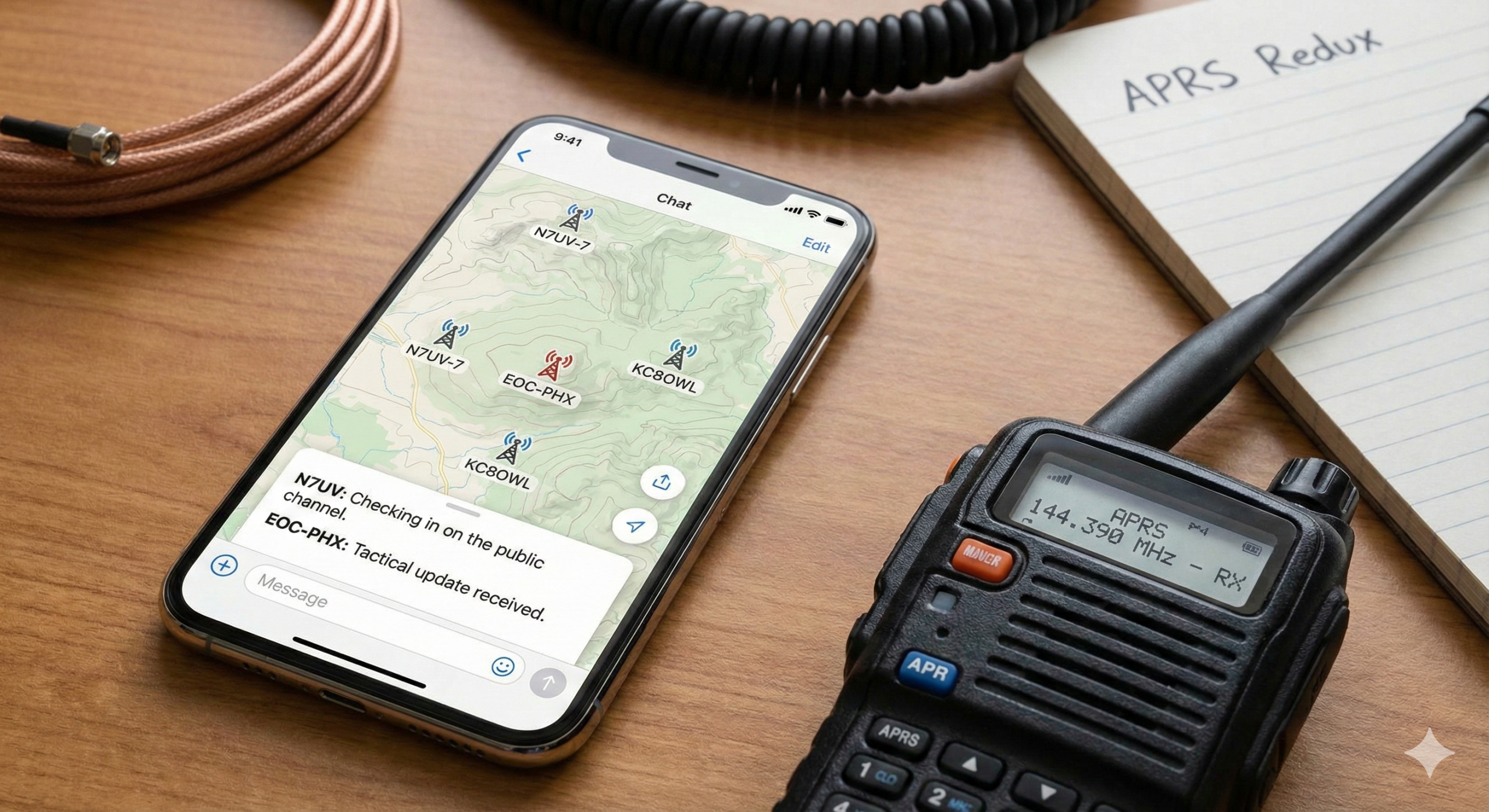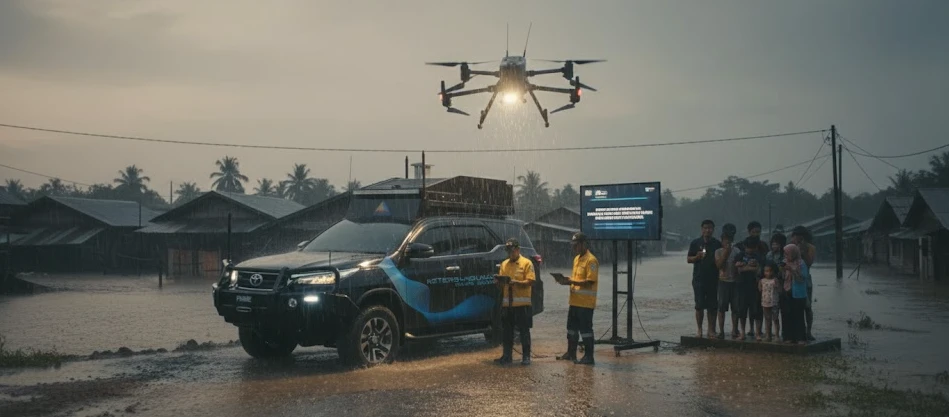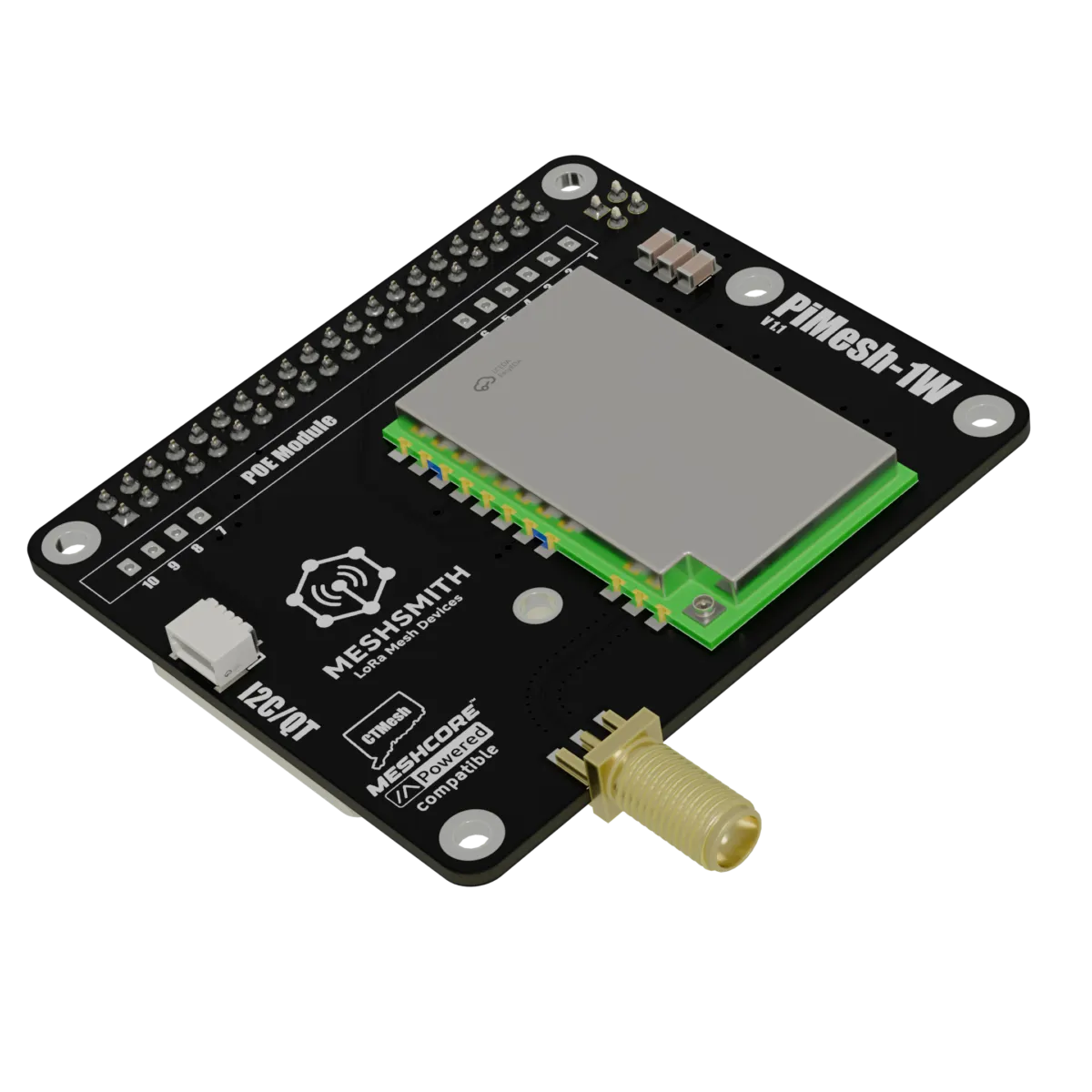emergency communication
first responder
mesh network
mesh radio
meshcore
meshtastic
radio communications
tactical communications
AmateurRadio, APRS, AREDN, disasterresponse, emergencycomms, firstresponders, hamradio, lora, MANET, meshradio, meshtastic, militarytech, offgrid, opennet, radiocommunications, radiosystem, RadioTech, securecomms, tacticalcommunications, UHF, VHF
9M2PJU
0 Comments
How Mesh Radio Works: From Military Ops to Amateur and Civilian Use
In an age where reliable communication is mission-critical—whether in the battlefield, disaster zones, or even off-grid adventures—mesh radios are becoming increasingly essential. Unlike traditional radio systems that depend on centralized infrastructure like towers or repeaters, mesh radio systems form decentralized, self-healing networks that adapt dynamically to changing conditions.
But what exactly is a mesh radio? How does it work, and who uses it?
🔄 What Is a Mesh Radio Network?
A mesh radio network is a type of wireless communication system where each radio device (or node) connects directly, dynamically, and non-hierarchically with other nodes in the network. Instead of relaying messages through a central hub, each device can send, receive, and forward data to other nodes.
Key Characteristics:
- Self-healing: If one node fails or moves out of range, the network reroutes the data automatically.
- Scalable: The more nodes, the stronger the network becomes.
- Decentralized: No reliance on traditional infrastructure.
- Ad-hoc: Can be deployed rapidly in the field.
How It Works
Imagine each node as a two-way radio with built-in intelligence. When a message is sent, it travels from one node to the next until it reaches its destination. If a direct link isn’t available, the data “hops” across multiple radios. This process is known as multi-hop routing.
Protocols like B.A.T.M.A.N. (Better Approach To Mobile Adhoc Networking) or proprietary algorithms in commercial systems ensure that the network selects the most efficient path for communication.
⚙️Mesh Radio in Military Use
Modern armed forces require resilient and secure communications in complex and hostile environments. Mesh radios allow soldiers, vehicles, drones, and command posts to stay connected even when GPS is jammed or cellular infrastructure is absent.
Example Use Cases:
- Soldier-to-soldier comms in dense urban terrain
- Vehicular convoys maintaining networked awareness across kilometers
- Unmanned systems (UAVs and UGVs) relaying intel to command units
- Joint tactical operations with real-time positioning and voice/data updates
Products: TrellisWare TW-400, Persistent Systems Wave Relay, Silvus StreamCaster
🚒 First Responders & Emergency Services
During disasters like earthquakes, floods, or large-scale fires, conventional communication systems often fail. Mesh radios allow police, paramedics, firefighters, and SAR teams to maintain contact.
Key Benefits:
- Rapid deployment without infrastructure
- Inter-agency communication with mesh bridges
- GPS tracking and data sharing over mobile mesh nodes
In Malaysia, Civil Defence (APM) have tested and used mesh-capable radios during exercises and disaster drills, especially in remote areas or post-flood zones.
📡 Amateur Radio & Civilian Applications
Thanks to open-source projects and commercial offerings, mesh networking is also accessible to radio amateurs, off-grid adventurers, and community groups.
Amateur Radio (Ham):
- AREDN (Amateur Radio Emergency Data Network): Uses modified Wi-Fi gear on ham bands to create IP-based mesh networks.
- High-speed mesh links between repeaters, clubs, or shelters.
- Message relays and APRS integration over mesh networks.
Civilian / Recreational:
- Meshtastic: An open-source, low-power mesh radio system using LoRa (Long Range) for messaging and GPS sharing.
- Used by hikers, bikers, and preppers in off-grid areas.
- No cell signal? No problem—your group stays connected via Meshtastic nodes in their backpacks or vehicles.
🌍 Real-World Example: Meshtastic in Malaysia
In Malaysia, Meshtastic is gaining popularity among radio hobbyists and rural explorers. With nodes running on ESP32-based boards and LoRa modules.
Thanks to its GPS and text-messaging features, it also offers a unique integration with APRS for location-based tracking over amateur radio.
🧠 Final Thoughts
Mesh radio systems are transforming how we think about wireless communication—offering redundancy, flexibility, and autonomy. Whether you’re a soldier in a contested zone, a firefighter navigating a collapsed building, or a ham radio enthusiast testing a hilltop node, mesh networking gives you the power to communicate, even when everything else fails.







Post Comment